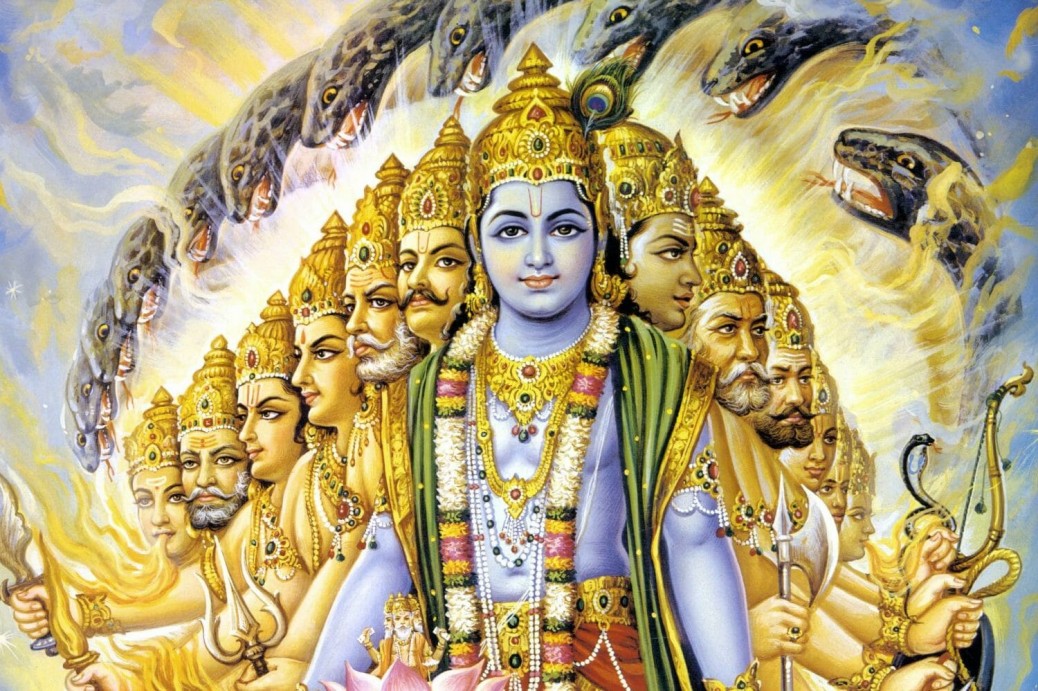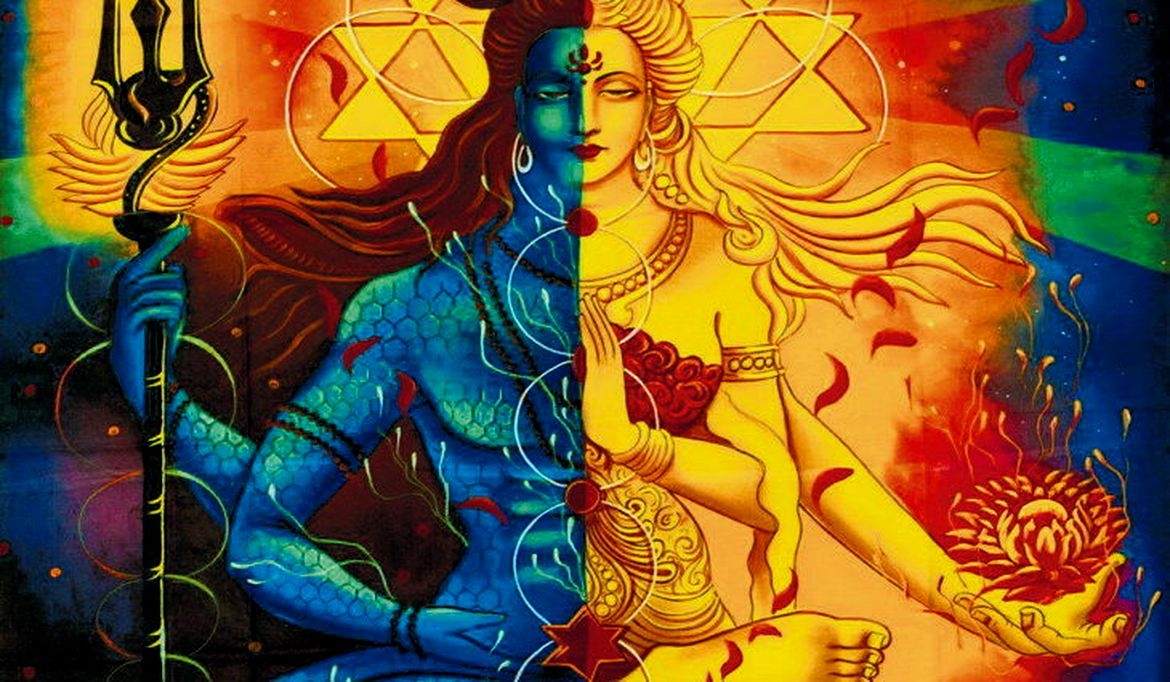Seed-Like – In Gita Verse 8.18 At the beginning of Brahmā’s day, all living entities become manifest from the unmanifest state, and thereafter, when the night falls, they are merged into the unmanifest again.
Krishna says – The world has many attributes; God has none. God is seed-like; he is unmanifest. When God manifests himself in the form of the world he acquires attributes, and these attributes disappear when he again becomes unmanifest. Someone is a saint and another person is a thief. As saint and thief they have certain attributes, but when they, the saint and the thief, go to sleep, they are without any attributes. Neither does the saint remain a saint nor the thief remains a thief. In sleep all attributes disappear; sleep is a state without attributes. Attributes appear with the waking state; with sleep they go to sleep too. When they wake up the saint will become a saint and the thief will become a thief again. In sleep we are very close to our individuality, our innate nature; rather, we are closest to it. And in samadhi, in ecstasy, we actually attain our supreme nature, which is of the highest.
So the experience of pristine nature has no attributes, no traits whatsoever. But when self-nature manifests itself it acquires attributes. Attribute and non-attribute are not two things; they are not contradictory. They are just the ways of the manifest and the unmanifest.
Self-nature, supreme nature, has two states. One is the unmanifest state when it is in seed form, asleep, absorbed in itself. And the other is the manifest state when it takes form and attributes. Really, no manifestation can be without form and attributes; it has to have a form, a shape, a color and a speciality.
Let me tell a small Zen story.
A Zen master teaches his disciples how to paint. Painting is the medium through which he really leads his disciples into meditation. One can travel to meditation from anywhere and everywhere. There is no point in the world from where you cannot make a start for meditation. This master has ten disciples who are gathered round him one morning. He tells them, “Go and make a picture whose broad outlines should be like this. There is a cow in a grassy land, and the cow is grazing. You have to paint it, but remember, the painting has to have no form, no attributes.”
The disciples find themselves in great difficulty. It is the job of a master to put his disciples in difficulty, in crisis, because only in crisis can they become aware of themselves. The disciples find it extremely hard to paint a picture without form and attributes; it seems an impossible task. They have to use lines and colors. They have to give the cow some form; they have to show the grass all over the field.
Nine of the ten disciples attempt to paint and the next day return with some sort of paintings which don’t have any clear-cut outlines, everything is hazy and unclear. But a sort of cow is there in each painting. In drawing the grass they certainly made use of abstract art so it is formless as much as possible. Nevertheless, they have to use colors of some sort.
Inspecting each other’s paintings, a disciple asks one of his friends, “Where is the cow?”
The other says, “I had some idea of a cow when I was in the process of painting, but now I cannot say where the cow is.”
And the master rejects all nine pictures saying, “How can you have color and a cow in a painting that has to be without form and attributes?”
The tenth disciple has just a blank sheet of paper in his hand, and the master says, “Yes, this is it.”
The nine disciples who have attempted to paint feel disappointed and they protest, “Where is the cow?”
The master says, “The cow went home after grazing.”
“And where is the grass?” they protest further.
The master says, “The cow ate it up. So things have gone back to their original places. Things have returned to their unmanifest state. This is really painting without form and attributes. It shows a cow who is finished grazing and a plot of grass the cow has eaten up. Empty space, just space is there.”
At its deepest level self nature is without any form, without any attributes; it is utter emptiness. It becomes manifest with the grass appearing and the cow coming to graze on it. Then the play of attributes happens. And it all becomes unmanifest once again after the cow has eaten up the grass.
This vast expanse of our world was born out of emptiness, which is without form, and it will return to the same emptiness. Everything appears and disappears, but the source is the same emptiness, the immense void. And the whole is hidden in that emptiness which by its nature cannot have a name, a shape and an adjective.
Krishna says – In this sense, self-nature, like everything else, has two states: the manifest and the unmanifest. While the manifest has a name and form, attributes, the unmanifest has none whatsoever.
Tags: Seed-Like




